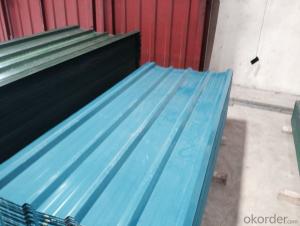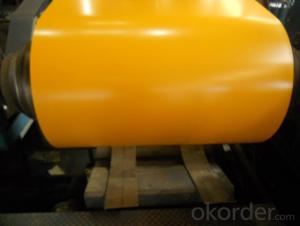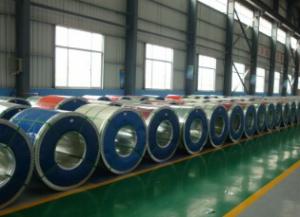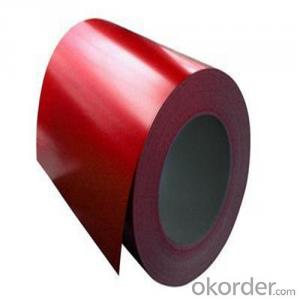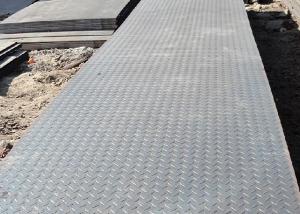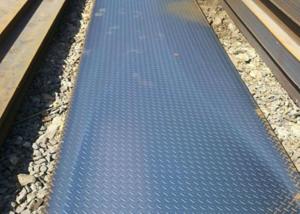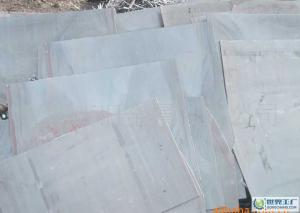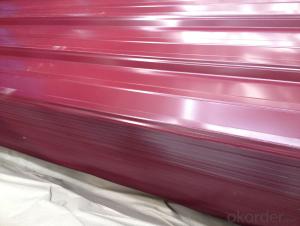FDPRE-PAINTED ALUZINC STEEL COIL
- Loading Port:
- Tianjin
- Payment Terms:
- TT OR LC
- Min Order Qty:
- -
- Supply Capability:
- 8000 m.t./month
OKorder Service Pledge
OKorder Financial Service
You Might Also Like
PRE-PAINTED ALUZINC STEEL COIL PRE-PAINTED ALUZINC STEEL SHEET
THICKNESS:0.18mm-1.5mm
WIDTH:900mm-1250mm
COATING MASS:AZ30-AZ180
PAINT:PE、HP、HDP、PVDF、SMP、MATT、PVDF
COLOR:RAL Scale
COIL INNER DIAMETER:508mm/610mm
COIL WEIGHT:3mt-7mt
BASE MATERIAL:Hot-dip Aluzinc Steel
In continuous units in cold rolled steel strip, galvanized steel (electro galvanized and hot dip galvanized) as substrate, after surface pretreatment (degreasing and science processing), using the method of roll coating, coated with a layer or multi-layer liquid coating of plate, after baking and cooling income is the coating steel plate. Because the coating can have a variety of colors, on the habits of the coated steel sheet is called color coating steel plate. Because the coating is carried out before the sheet metal forming, in foreign countries which is called pre coating plate.
Color coated steel sheet is an organic coating coating on the steel surface, it has the advantages of beautiful appearance, bright color, high strength, good corrosion resistance, easy processing molding, but also allows the user to reduce costs, reduce pollution.
From the United States in 1935 to establish the first continuously coated steel line to begin, color coated steel plate has been widely applied, the current color coated plate varieties, about more than 600 kinds, the advantages of color coated sheet and organic polymer and steel plate of the two, which has good colorability, organic polymer molding, corrosion resistance and decorative, and steel plate with high strength and easy processing, can easily be punching cutting, bending, deep drawing processing. Made this makes organic coated steel sheet products have excellent practical, decorative, workability, durability.
- Q: How are steel sheets protected during cutting and fabrication?
- Steel sheets are protected during cutting and fabrication through various methods such as using protective coatings, applying lubricants, and utilizing automated cutting technologies. These measures help prevent corrosion, reduce friction, and ensure precise and efficient cutting without compromising the quality and integrity of the steel sheets.
- Q: Can steel sheets be used for interior design purposes?
- Yes, steel sheets can be used for interior design purposes. They are commonly used for creating modern and industrial aesthetics in interior spaces. Steel sheets can be used for various applications such as wall paneling, room dividers, countertops, backsplashes, and decorative accents. Their durability, sleek appearance, and ability to be customized make them a popular choice for contemporary interior designs.
- Q: Can steel sheets be used for elevator shafts?
- Indeed, elevator shafts can utilize steel sheets. Steel, renowned for its durability, strength, and fire-resistant qualities, finds widespread application in the construction of elevator shafts. Typically, steel sheets are employed to form the walls and floors of these shafts, furnishing them with structural reinforcement and ensuring the safety of the entire elevator system. These sheets can be easily fabricated, allowing for precise tailoring to accommodate the specific dimensions and design prerequisites of the shaft. Moreover, various coatings can be applied to steel sheets to impede corrosion and bolster their longevity. Consequently, steel sheets represent a fitting choice for the construction of elevator shafts, providing a dependable and sturdy solution for vertical transportation systems.
- Q: Can steel sheets be used in corrosive environments like saltwater?
- Yes, steel sheets can be used in corrosive environments like saltwater. However, the type of steel and the level of corrosion resistance it offers will determine its suitability for such conditions. Stainless steel, for example, is highly resistant to corrosion and is often used in marine and saltwater environments. It contains chromium, which forms a protective layer on the surface of the steel, preventing it from reacting with the saltwater. Other types of steel, such as carbon steel, may also be used in saltwater environments, but they require additional protective coatings or treatments to prevent corrosion. Regular maintenance and proper care are essential to ensure the longevity of steel sheets in corrosive environments like saltwater.
- Q: Can steel sheets be used in corrosive environments?
- Corrosive environments necessitate careful consideration of the type of steel used and appropriate protective measures. Stainless steel, for instance, is known for its exceptional resistance to corrosion and ability to withstand harsh conditions. It contains chromium, which creates a protective oxide layer on the surface, preventing corrosion. Alternatively, galvanized steel involves applying a layer of zinc to the surface, forming a protective barrier against corrosion. Furthermore, one can enhance the resistance of steel sheets to corrosive elements by applying various coatings like epoxy, polyurethane, or paint. The selection of the right steel grade and protective coatings is crucial and should be based on the specific corrosive environment to ensure long-lasting performance. Regular inspections and maintenance are also imperative to promptly identify and address any potential signs of corrosion.
- Q: What are the different methods of surface texturing for steel sheets?
- There are several methods of surface texturing for steel sheets, including mechanical methods such as shot blasting, sanding, and grinding, as well as chemical methods such as acid etching and chemical etching. These techniques are used to enhance the appearance of the steel sheets, improve their grip or adhesion properties, or provide a specific texture for functional purposes.
- Q: What is the difference between a perforated and non-perforated steel sheet?
- The main difference between a perforated and non-perforated steel sheet lies in their respective designs and functionalities. A perforated steel sheet is characterized by having small holes or perforations evenly distributed throughout its surface. These holes can be of different shapes and sizes, depending on the specific application requirements. The primary purpose of a perforated steel sheet is to allow for the passage of air, light, sound, and liquids through the sheet, while still maintaining its structural integrity. This makes it highly suitable for applications where ventilation, filtration, or visibility is essential. Perforated steel sheets are commonly used in industries such as architecture, automotive, manufacturing, and construction, where they are employed for various purposes, including acoustic panels, protective barriers, decorative elements, and filter screens. On the other hand, a non-perforated steel sheet does not have any holes or perforations on its surface. It is a solid sheet of steel that is typically used for applications where strength, durability, and resistance to impact or abrasion are important factors. Non-perforated steel sheets are often utilized in structural engineering, machinery, shipbuilding, and heavy-duty equipment manufacturing, as they provide a solid and reliable surface for load-bearing and other demanding applications. In summary, the difference between a perforated and non-perforated steel sheet lies in their design and functionality. Perforated steel sheets have small holes throughout their surface, allowing for the passage of air, light, sound, and liquids, while non-perforated steel sheets are solid sheets without any holes, providing strength and durability for heavy-duty applications.
- Q: Can steel sheets be used for roofing purposes?
- Yes, steel sheets can be used for roofing purposes. Steel roofing sheets are commonly used in commercial and industrial buildings, as well as residential homes. They are known for their durability, longevity, and resistance to harsh weather conditions such as rain, snow, and wind. Steel sheets are available in various profiles and finishes, allowing for customization to suit different architectural styles and design preferences. Additionally, steel roofing is lightweight, fire-resistant, and often made from recycled materials, making it an environmentally friendly roofing option. Overall, steel sheets are a popular choice for roofing due to their strength, versatility, and aesthetic appeal.
- Q: Can steel sheets be used for electrical conductivity applications?
- Typically, steel sheets are not employed in electrical conductivity applications. Although steel exhibits decent heat conductivity and some electrical conductivity, it is not as efficient as specialized materials like copper or aluminum, which are specifically designed for electrical conductivity. Steel sheets find common use in domains that prioritize strength, durability, and corrosion resistance, such as construction, automotive manufacturing, and industrial equipment. In electrical conductivity applications, it is more prevalent to utilize materials with heightened conductivity, such as copper or aluminum, as they possess lower resistance and are better equipped to efficiently conduct electricity.
- Q: Can steel sheets be recycled into other steel products?
- Yes, steel sheets can be recycled into other steel products. The recycling process involves melting down the steel sheets to remove impurities, and then reshaping and reforming the molten steel into new steel products. This helps conserve resources, reduce waste, and minimize the environmental impact of steel production.
Send your message to us
FDPRE-PAINTED ALUZINC STEEL COIL
- Loading Port:
- Tianjin
- Payment Terms:
- TT OR LC
- Min Order Qty:
- -
- Supply Capability:
- 8000 m.t./month
OKorder Service Pledge
OKorder Financial Service
Similar products
Hot products
Hot Searches
Related keywords
















